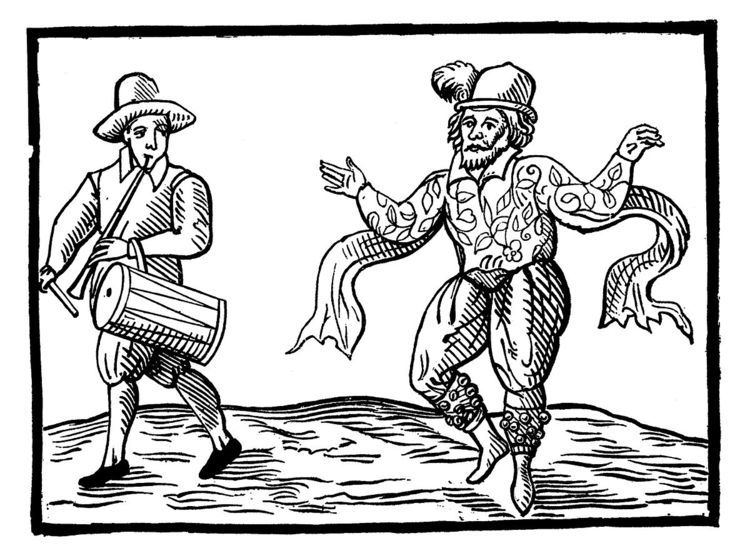 | ||
Shakespearean Dance refers to dancing in the time and plays of William Shakespeare and his contemporaries.
Contents
Overview
There are references to dances such as the galliard or sinkapace, lavolta, coranto, pavane, and canary, and stage directions indicate dancing in many plays including Romeo and Juliet, Much Ado About Nothing, Twelfth Night, or What You Will, Macbeth, and As You Like It. Terms like 'measure' and 'foot it' can also refer to dancing, and dance is often woven into the plot as part of a masque or masquerade ball, especially in plays by John Marston.
Dances Mentioned in Shakespeare Plays
References
Shakespearean dance Wikipedia(Text) CC BY-SA
